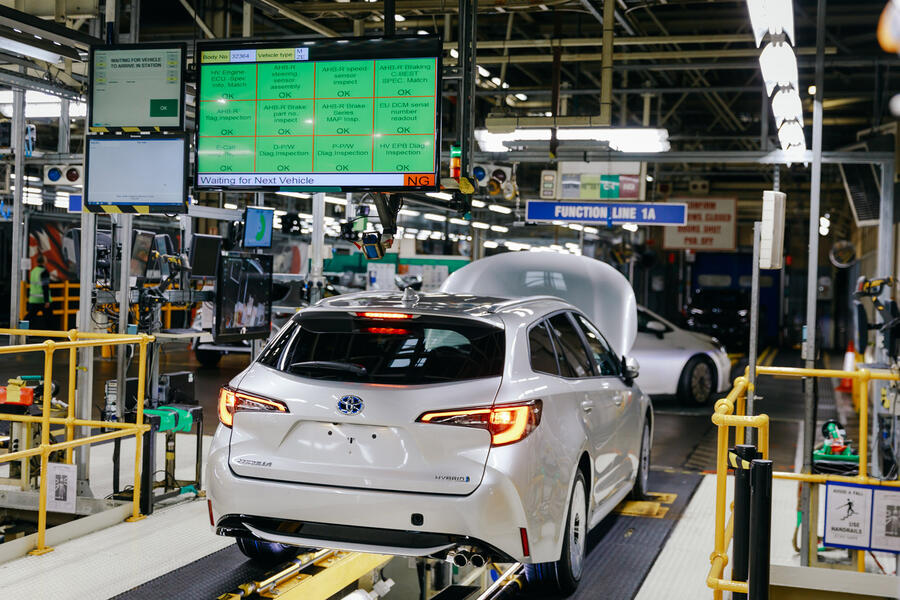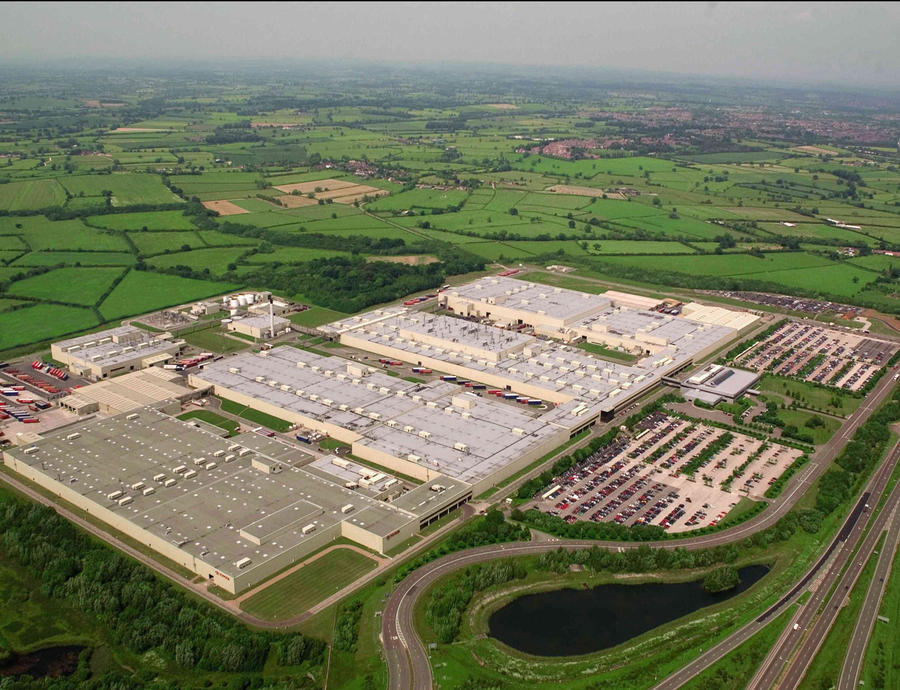Even before Covid-19 brought production lines to a standstill, the British car industry was having a tough time. A combination of technical upheaval, political quarrelling, economic uncertainty and falling sales has been hitting hard. Investment has dwindled. Jobs have been lost. Factories are being closed.
All of that makes this particular story about our car industry unusual. Because, although it’s set against the backdrop of uncertainty caused by Brexit and many other factors, this is a good news story. It’s a good news story about a factory that has received major investment, increased production and shown that British manufacturing is as good as any in the world. In an industry in tumult, this factory has remained as calm as a Japanese zen garden. Except it’s in Derbyshire.
Toyota Motor Manufacturing UK opened in Burnaston in December 1992 and began building the Carina E. Since then, it has produced various generations of the Avensis, Corolla and Auris – solid, if uninspired, cars that kept the production line humming but don’t exactly add up to the finest manufacturing legacy.
However, the Auris was replaced last year by the new Corolla, a refreshed, rejuvenated machine that has proven a big success. While total UK car manufacturing output fell by 14.2% in 2019, production at Burnaston rose by 14.7%, with 148,106 Corollas rolling off its lines.

That figure is unlikely to be maintained in 2020. At the time of writing, production at the Toyota factory was, as with every major plant in the UK and most worldwide, suspended. But the impact of that will be judged later. For now, let’s focus on the good news story.
Besides, when Autocar visited Burnaston in early March, social distancing had extended only to not shaking hands and standing farther apart than usual. Production was still in full flow, with 2600 staff working two shifts per day to make a new Corolla every 89 seconds.































Join the debate
Add your comment
Keep up the good work
Nice to see the plant is still going producing high quality cars, and not doing a Honda, but it would be good if they were busier, eg they had an SUV or LCV line as well.
Not overpriced
Well you're buying a good well made car - and probably the most efficient one in its class if you get the hybrid. Also consider that the cheapest Ford Focus retails for over £20k these days.
Car manufacturers are in the business to return a profit and what's wrong with that?
Overpriced
Problem is the cheapest Corolla is from £24.2k or the same starting price as a BMW 1 series
Prices
Fair enough, I was looking at a 2019 price list. A £3k jump does seem a bit excessive!
Overpriced
Like I said, the Corolla (and others) are very expensive, especially when you can get a Skoda Scala from £16,105. That model is not a hybrid, but I don't want a hybrid that politicians are treating like regular ICE cars anyway in terms of some of the benefits that low emission cars used to get. Some motoring magazines regard the Scala as best in class at the moment too so it's not some dodgy cheap budget model.
I appreciate private car companies want to make a profit, but car prices are ridiculously high now from a period of increases that far exceed other measures of inflation. That is reflected in the dramatic drop in car sales (well before Coronavirus lock down) so these huge prices are not good business sense for these private, profit-making companies.
But if you're happy to spend huge amounts on an entry-level car to help them out, go for it.
I'd love to support Toyota in the UK
But have you seen the price of the Corolla these days?
Not that others aren't taking the wee-wee with their prices too, but there are some others that are a lot cheaper and still good cars.